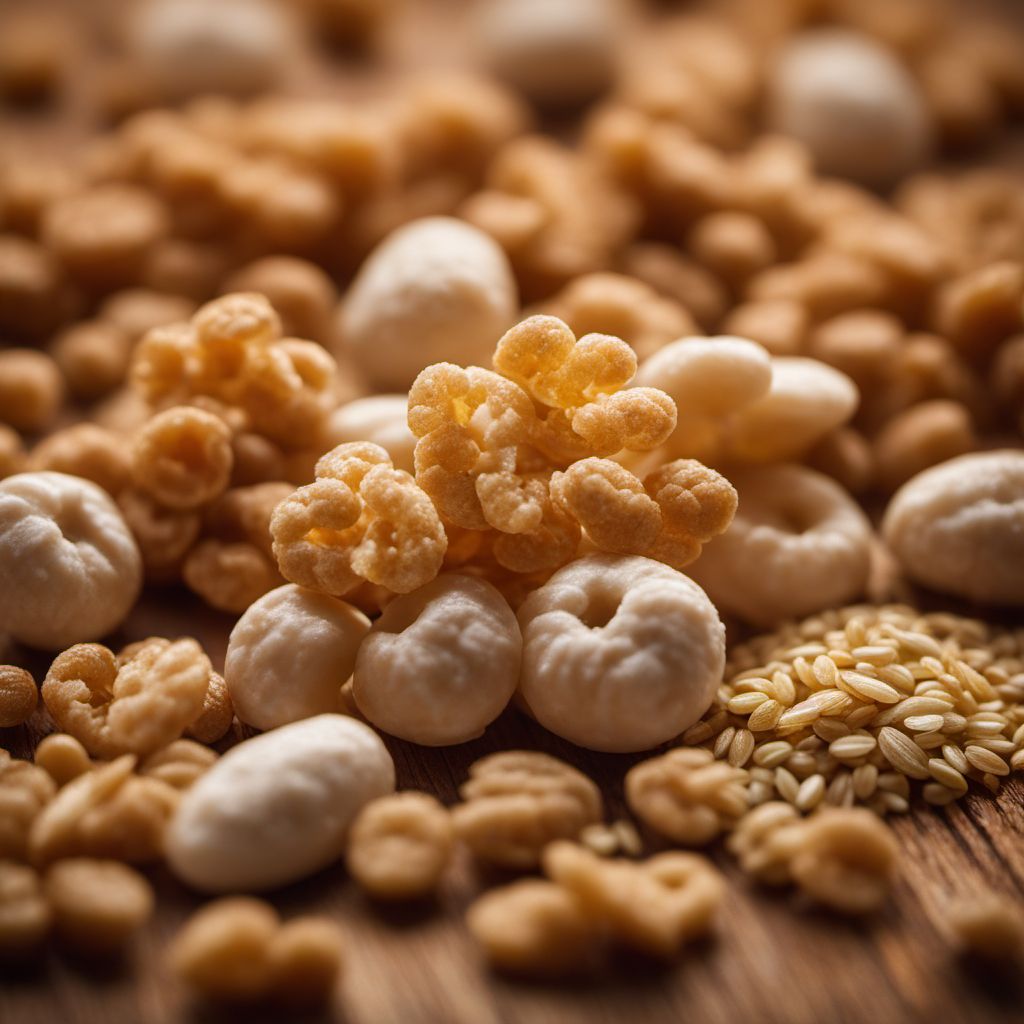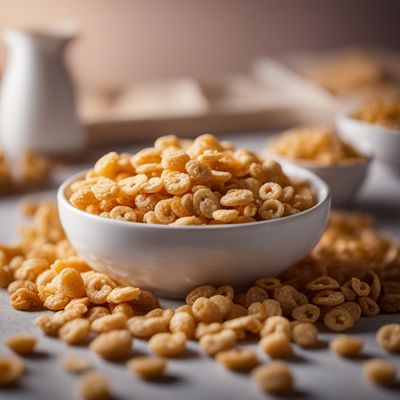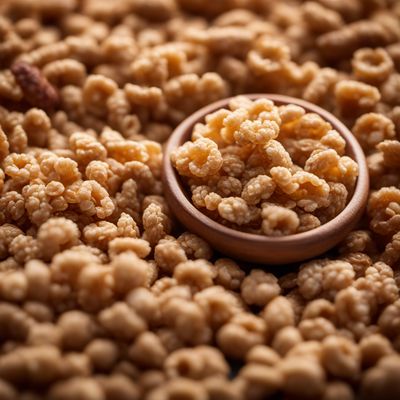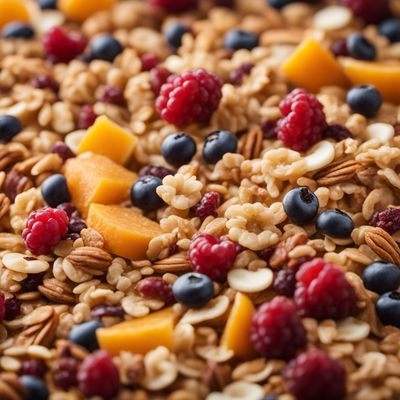
Ingredient
Cereal grains and similar and primary derivatives thereof
The Grain Chronicles
Cereal grains and their primary derivatives, such as flour, bran, and semolina, are versatile ingredients with a wide range of characteristics, tastes, textures, and appearances. From the nutty flavor of quinoa to the chewy texture of barley, these grains offer endless possibilities in the culinary world.
Origins and history
Cereal grains have been cultivated for thousands of years, with evidence of their consumption dating back to ancient civilizations. They have played a significant role in shaping human history, providing sustenance and nourishment to communities around the globe. From the cultivation of rice in Asia to the production of wheat in the Middle East, cereal grains have become an integral part of cultural and dietary traditions.
Nutritional information
Cereal grains are a rich source of essential nutrients, including carbohydrates, dietary fiber, protein, vitamins, and minerals. They provide sustained energy, promote digestive health, and support overall well-being. With varying calorie counts, grains like quinoa and amaranth offer higher protein content compared to others like rice or corn.
Allergens
Gluten is a common allergen associated with certain cereal grains, such as wheat, barley, and rye. Individuals with gluten intolerance or celiac disease should exercise caution and opt for gluten-free alternatives like rice, quinoa, or corn.
How to select
When selecting cereal grains, look for intact, unbroken grains that are free from moisture, insects, or signs of spoilage. Opt for organic or locally sourced grains whenever possible to support sustainable farming practices and ensure higher quality.
Storage recommendations
To maintain the freshness and quality of cereal grains, store them in airtight containers in a cool, dry place away from direct sunlight. This helps prevent moisture absorption and keeps pests at bay. Whole grains can be stored for several months, while milled grains should be used within a shorter timeframe to retain optimal flavor and nutritional value.
How to produce
Cereal grains can be grown by amateur gardeners in suitable climates. Research the specific requirements of each grain, including soil conditions, sunlight exposure, and watering needs, to successfully cultivate them at home.
Preparation tips
Cereal grains can be prepared in various ways, including boiling, steaming, baking, or grinding into flour. They can be used as a base for dishes like pilafs, risottos, or porridges, or incorporated into baked goods, bread, pasta, and desserts. Experiment with different grains to add depth and complexity to your recipes.
Substitutions
Quinoa can be substituted for rice or couscous, while cornmeal can replace wheat flour in certain recipes. However, each grain has its unique characteristics, so substitutions may alter the final texture or taste of the dish.
Culinary uses
Cereal grains are widely used in diverse culinary applications. They are the foundation of staple dishes like rice bowls, pasta, bread, and breakfast cereals. Grains like quinoa and amaranth are popular in health-conscious recipes, while oats are a go-to choice for comforting breakfasts and baked goods.
Availability
Cereal grains are cultivated and available worldwide, with specific grains being more prevalent in certain regions. Rice is a staple in Asian cuisines, while wheat dominates in European and North American cooking. Corn is widely consumed in the Americas, and millet is popular in African and Asian countries.
More ingredients from this category

Cereal primary derivatives
The Versatile World of Cereal Primary Derivatives

Porridge (ready to eat)
"Nourishing Comfort: Exploring the World of Ready-to-Eat Porridge"

Porridge (in dry form, to be diluted)
The Comforting Warmth of Diluted Porridge

Cereal grains (and cereal-like grains)
The Versatile World of Grain: Exploring Cereal Grains and Their Kin

Muesli and similar mixed breakfast cereals
Wholesome Morning Delights: Exploring the World of Mixed Breakfast Cereals

Cereal bars
"Nutritious Energy Boosters: Exploring the World of Cereal Bars"